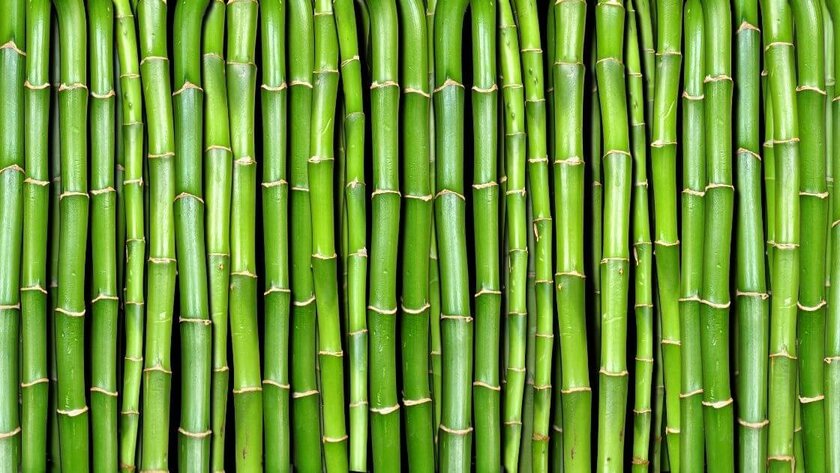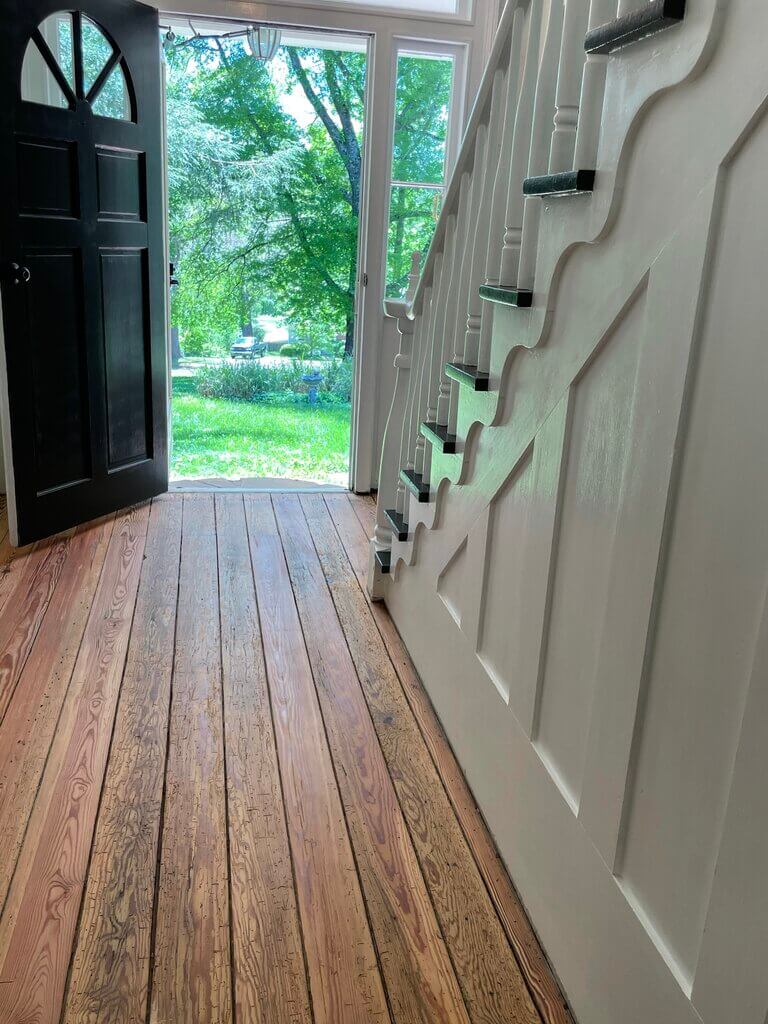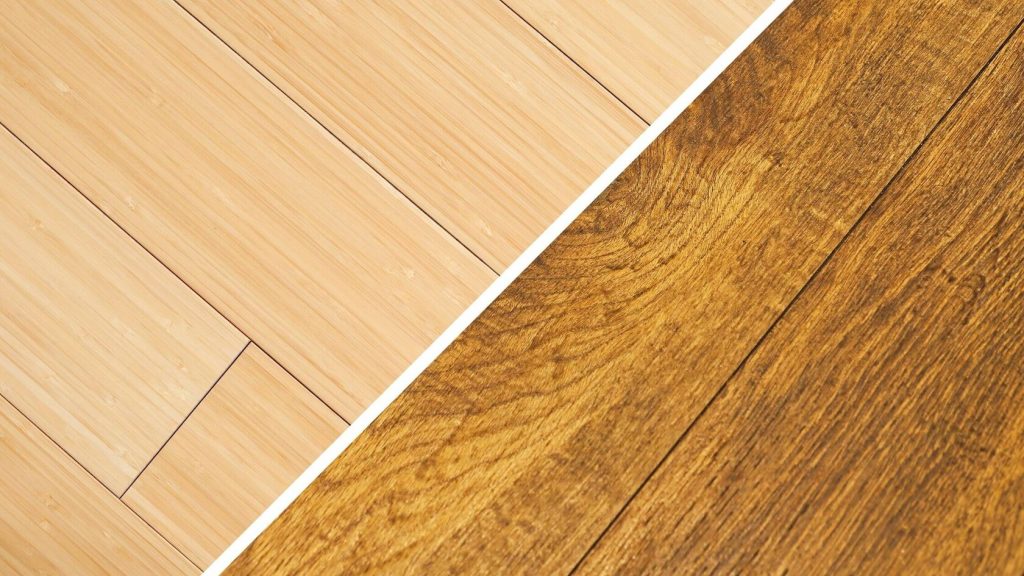Bamboo VS Hardwood Flooring
If you have ever taken on the task of building a home, you know there are countless options when it comes to flooring. From carpet to laminate to tile to hardwood, all the different options can make your head spin. You also need to take into consideration the room in which the flooring will be installed (most people do not put carpet in kitchens!), and the level of humidity in your home. One of the options gaining popularity in the last few years has been bamboo flooring.
Many people mistakenly think bamboo is just another type of wood flooring. While used as an alternative to wood in different construction elements, including flooring, bamboo is not wood. It is actually really different, so we thought you would like to know just how bamboo compares to hardwood flooring.
What's the Difference Between Bamboo and Hardwood?
- As mentioned before, bamboo is not wood. Instead, it is a type of giant grass that grows all over the world but is mostly found in tropical regions with plenty of rainfall.
- Because it is grass, bamboo has a different cellular structure than wood. This results in bamboo growing much faster than a tree would.
- Bamboo is naturally harder than some hardwoods. This, of course, depends on the species of wood being compared. With a Janka rating of 1,300 to 1,400, bamboo is harder than red oak while only sometimes harder than white oak. You can read more about red oak and white oak here. It is also useful to note that if bamboo is carbonized (meaning it has been heated so it is darker), the final product becomes softer.
- If the concern is price, bamboo does generally cost less than hardwood. Of course, you need to keep in mind that you are actually buying grass glued together instead of a solid plank of wood.

How is Bamboo and Hardwood the Same?
- While only slightly more resistant to moisture, bamboo needs to be sealed to prevent water damage. This is true for almost all species of hardwood as well.
- Both bamboo and hardwood can be found in ¾ inch solid planks (solid being used loosely for bamboo – more about that later) and engineered planks.
- Some hardwoods can have similar grain patterns to the pattern in bamboo. This can often result in people mistaking bamboo for hardwood and vice versa.
- They can both be refinished, depending on the thickness of the board.

What Does "Solid" Mean?
This is an easy answer for wood. It means what you think it means, but if you want some more information, take a look at our blog post “Solid Wood vs Engineered Wood.” For bamboo, it is a little more complicated. You will rarely (if ever) find a plank cut from a single pole of bamboo. Instead, a plank of bamboo flooring consists of pieces of bamboo glued together. This results in only three variations of bamboo. This includes:
- Vertical-grain: narrow strips glued together to give a vertically striped appearance.
- Flat-grain: thin layers of bamboo glued together, similar to how plywood is made.
- Stranded: bamboo fibers are bound with resin giving a shredded appearance.
Contrarily, hardwood offers more diversity in appearance. Not only are there numerous species to choose from, all with varying grain patterns and densities, but there are also different ways to cut trees to create various looks. With these possibilities, hardwood provides more customization options than bamboo.
Environmentally Friendly
You might think bamboo is the more environmentally friendly option because it grows faster, so it can be replaced quicker. However, because the actual plank consists of pieces of bamboo glued together, the chemicals in the glue can have negative effects on the environment and also on the people living in your household. If VOCs and other environmental factors are a concern to you, then your best option is to go with a sustainably harvested solid hardwood like white oak, finished with natural oil that hardens the wood from the inside out. You can read more about natural/European oil here.
There is also the indirect environmental impact to take into consideration. For instance, most bamboo is grown in Asia, so the amount of pollution created to transport the material from Asia to the United States should be considered. It is also harder to manufacture bamboo planks, resulting in more greenhouse gas emissions. Finally, bamboo is susceptible to rot and boring insects, so it is often treated with various chemicals to protect it. These chemicals can pose a risk to humans and animals.[1]
Why We Think Hardwood is Better
We install bamboo flooring, so our preference is not just because we have “wide plank” or “hardwood” in our brand name. Overall, we think hardwood looks better than bamboo. It can make a space look rustic or modern, traditional or artistic. It has been the gold standard in flooring for centuries, making it the classic American choice.
We also prefer hardwood for its durability. Bamboo may tout that it is more durable since it is generally harder on the Janka scale, but hardwood floors tend to last longer. For comparison, hardwood floors can last upwards of 100 years while bamboo floors generally last between 25 to 30 years.

Not sure what type of flooring is best for your home or business? Give us a call or fill out the form below and we would love to discuss your options with you.
[1] https://www.tandfonline.com/doi/full/10.1080/13467581.2019.1595629



